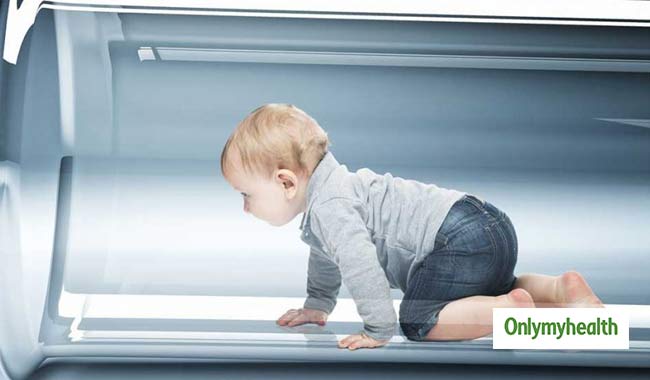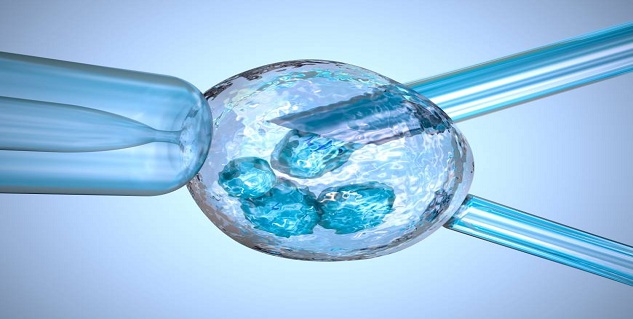
In-vitro fertilization (IVF) is an assisted reproduction technique in which the eggs are fertilized with a sperm in the laboratory under artificial conditions (literally, in glass) and the zygote is placed into the uterus of the mother. IVF can be considered a boon as this technique has realized the dream of millions of parents longing for a child.
The basic steps involved in an In-vitro fertilization (IVF) treatment cycle are:
- Superovulation
- Egg retrieval
- Fertilization
- Embryo culture
- Embryo transfer

Superovulation
At this stage, clomiphene and pergonal is usually given to stimulate the development of more than one egg in a cycle. The basic idea is that if several follicles are available for egg retrieval and fertilization then there are higher chances that at least one of the fertilized eggs will successfully implant. Growth and development of the follicles are monitored using blood and urine tests or by ultrasound measurement of the follicles.
Egg Retrieval
Once the follicles appear mature and are ready for ovulation 5000 units of H.C.G. is given. Eggs are retrieved 33-36 hours after administration of H.C.G.
The two methods that are used for egg retrieval are;
Laparoscopy: Under general anesthesia, the eggs are retrieved from the follicles using a very fine suction needle under laparoscopy.
T.U.D.O.R (Trans-vesical, Ultrasound Directed Oocyte Recovery): In T.U.D.O.R, eggs are retrieved from the follicles under local anesthesia. The suction probe is guided using ultrasound through the bladder. The major advantage of this technique is that eggs can be retrieved from an inaccessible ovary even if it is covered by adhesions.
Fertilization
The harvested eggs are incubated for 4-24 hours in a specially prepared culture medium conducive to fertilization in a laboratory dish. About 100,000-1,000,000 well-prepared sperms obtained from the husband or donor; they are then added to the incubated eggs. Fertilization generally occurs within the next 24 hours.
Embryo Culture and Embryo Transfer
The zygote is allowed to develop in the laboratory and then after 2-3 days the embryo is transferred into the uterus of the mother. The procedure is painless and most women do not require anesthesia.
Read more articles on Pregnancy.
For more related articles, download OnlymyHealth app.
Read Next
Preparing for IVF
How we keep this article up to date:
We work with experts and keep a close eye on the latest in health and wellness. Whenever there is a new research or helpful information, we update our articles with accurate and useful advice.
Current Version